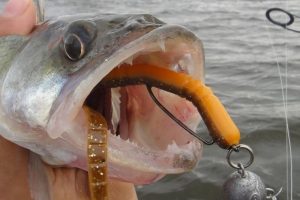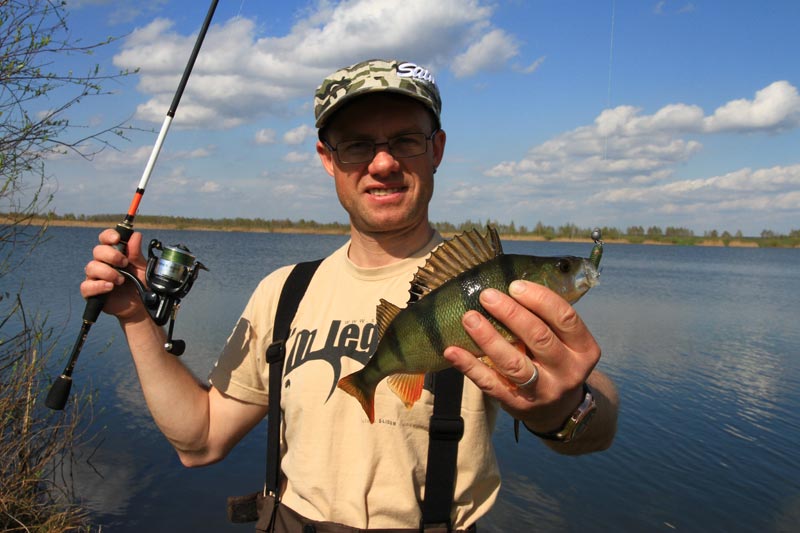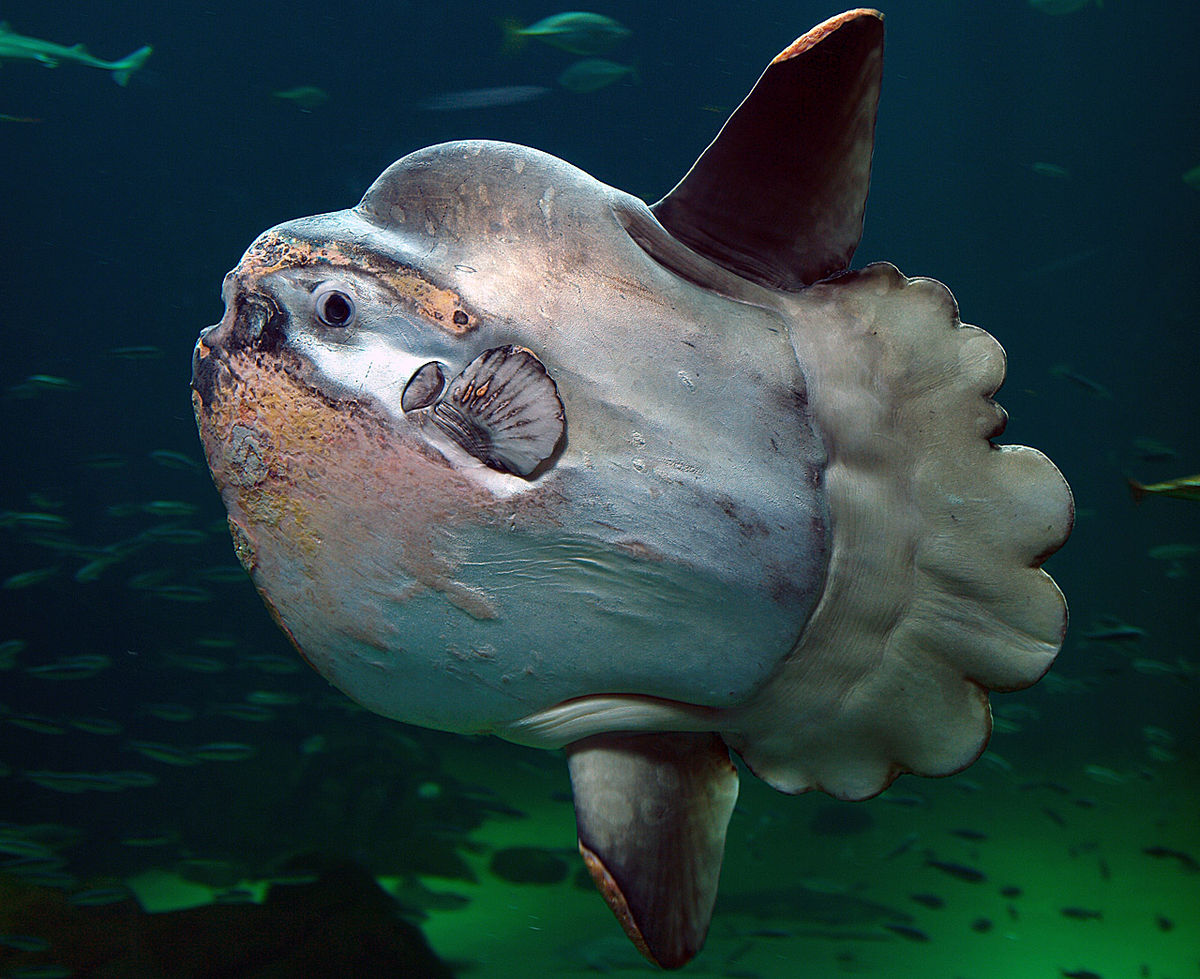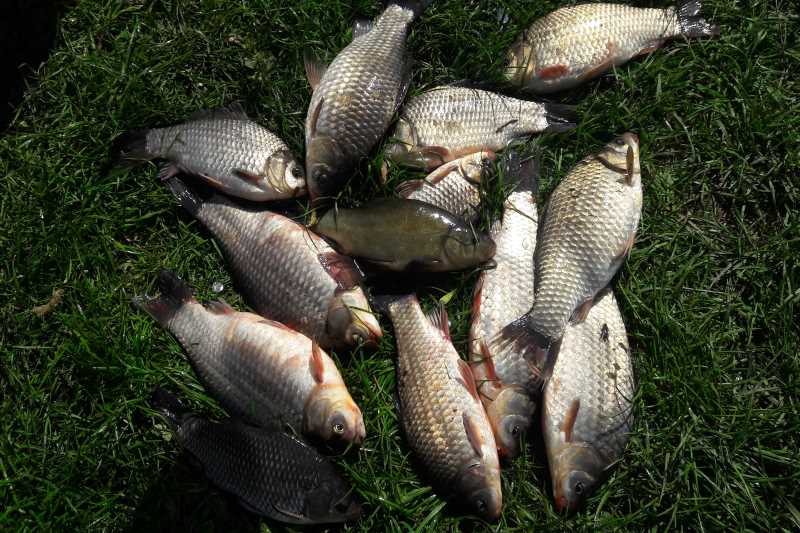Congratulations, you’re on the hook!
 Sometimes, even among professionals, unfounded rumors can be born. Confirmation of this fact wording – “all gear is replaceable.” Of course, instead of the rod you can adjust the nearby birch tree. Instead of a fishing line, the anchor chain of the ship is quite suitable, or the same in terms of parameters, taken from the native neck. But what about crochet? The silly representative of the class of aquatic vertebrates (in the sense of fish) fundamentally ignores any innovations and still clings exclusively to the banal hook …
Sometimes, even among professionals, unfounded rumors can be born. Confirmation of this fact wording – “all gear is replaceable.” Of course, instead of the rod you can adjust the nearby birch tree. Instead of a fishing line, the anchor chain of the ship is quite suitable, or the same in terms of parameters, taken from the native neck. But what about crochet? The silly representative of the class of aquatic vertebrates (in the sense of fish) fundamentally ignores any innovations and still clings exclusively to the banal hook …
A bit of history
According to Congratulations, you’re on the hook!, the hook was invented about 20,000 years ago. With such a statement, you can agree or not – eyewitnesses are not found. But the documents, which were so hard to find by archeologists, testify that this fish catching tool was popular even a couple of millennia before Christ in Egypt and China …
But perhaps one of the early varieties of hooks served as a kind of strut. When swallowing the bait, the bent double-edged needle straightened and thus appeared in the fish, as they say, across the throat. To date, such exotic are rarely used, except for catching eels and famous flying fish.
In principle, the idea of a fishing hook (in the form in which we see it today) came to mind to a person who thought of bending an ordinary sewing needle. For example, no need to go far. “Heat the needle to red heat, make a beard with a chisel and sharpen the sting. Then heat again and bend the desired shape into the hook. ” Similar (and more detailed) entries were made by the Chinese Emperor Jin Gu in the second century AD. Looks like a great fisherman, since the story remembers him from these records.
For a long period, horrendous amateurism and anarchy flourished in the manufacture of hooks. However, the population of the native planet has excelled on this topic in all available (and not very) ways. This tackle was made of various kinds of wood (wood spikes were especially popular), horn, chitin, and even precious turtle shell plates. Moreover, samples of hooks made of stone, nacre, bronze, brass, copper, as well as (O, apotheosis!) Of the purest gold have survived to this day.
The latter can be ordered today and even with an elegant stamp in the form of their own initials. However, before ordering these, think that the fish may not appreciate your good taste and the basics of “toughness”. Take and let a leash at the most lyrical moment. Well, you have to grieve for the loss of 15 minutes …
It is possible that for this reason, fishermen around the world tend to choose hooks from low-cost metals. The fame of their everlasting quality has gone since the XYII century from the shores of Albion. It was in England that manufacturers of classic sewing needles decided to expand the range of products to the mass production of hooks. One of the first industrial manufacturers was Charles Kirby, who invented, if one can put it that way, his own handwriting. The shape of the hook, which he developed, and to this day has the proud name “Kirby”. However, the British are famous for their “chicane” to this day.
While in London, do not forget to drop in at Redding Worspshire, near the old London Bridge. Believe me, without any purchases, none of the fishermen got out of there … But the British were far from the only ones in this niche of the fishing business and from the middle of the 19th century the Scandinavians took over the leadership in this area. The fact that since the earliest times they have earned seafood for their food and the state budget is no secret to anyone, even though the lion’s share of these seafood products with appropriate quality is exported. However, the latter fact does not prevent Norway, in particular, being a relatively leading supplier of hooks for various fishing fields.
As for, directly, this simple device, then the quality can be judged only by one parameter – the choice of steel grade. With the right choice, your hook will not be either soft, brittle or fragile, and its “sting” must withstand a bend of at least 30 degrees. These qualities have the Japanese hooks and the trademark Decoy. All these data can be read on the original packaging.
However, we should not forget that without properly selected hooks (depending on who you are going to), it’s better not to go to the pond, but … to pick mushrooms …




